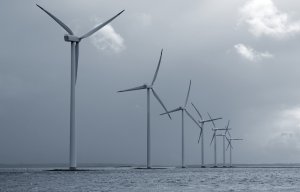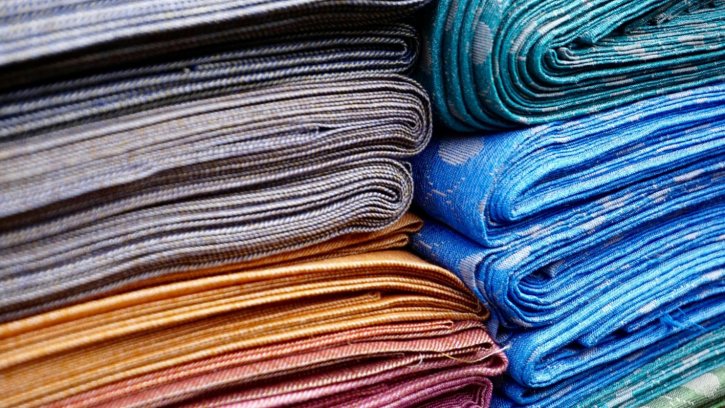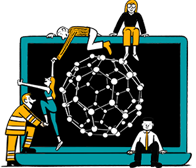
Digital machine learning in composites manufacturing
Neural network proved highly effective in 763 fabric dyeing trials.

11th June 2025
Innovation in Textiles
|
Raleigh, NC, USA
Machine learning can help reduce textile manufacturing waste by more accurately mapping how colours will change during the dyeing process, according to a new study.
“Fabrics are typically dyed while wet and their colours change as they dry, making it difficult to know what a piece of fabric will end up looking like in its finished state,” explains Warren Jasper, professor at the Wilson College of Textiles based in Raleigh, North Carolina. “The fabric is dyed while wet, but the target shade is when the fabric is dry and wearable. This means that if you have an error in coloration, you aren’t going to know until the fabric is dry. While you wait for that drying to happen, more fabric is being dyed the entire time. That leads to a lot of waste, because you just can’t catch the error until late in the process.”
The amount of colour change from wet to dry states is not uniform between different colours and this non-linear relationship means that the amount of colour change between wet and dry is unique to each colour and data from one colour sample cannot be easily transferred to another.
To tackle this problem, Jasper developed five machine learning models, including a neural network designed specifically to map this type of non-linear relationship. He then trained the models by inputting visual data from 763 fabric samples of various colours both wet and dry. Each dyeing took several hours to complete, which made collecting data a significant undertaking.
While all of these models outperformed non-machine learning models in terms of accuracy, the neural network stood out as significantly more accurate than any other option. The neural network showed an error as low as 0.01 and a median error of 0.7 using CIEDE2000, a standardized colour difference formula. The other machine learning models showed CIEDE2000 error ranges of anywhere between 1.1 to 1.6, while the baseline went as high as 13.8. In the textile industry, CIEDE2000 values exceeding 0.8 to 1.0 are generally considered outside acceptable limits.
This neural network has the potential to cut down significantly on waste caused by colour errors, as it would allow fabric manufacturers to better predict the end result of the dyeing process before large amounts of fabric has been incorrectly dyed.
Jasper hopes to see similar machine learning tools adapted more broadly in the textile industry.
“We’re a bit behind the curve in textiles,” he says. “The industry has started to move more toward machine learning models, but it’s been very slow. These types of model can offer powerful tools in cutting down on waste and improving productivity in continuous dyeing, which accounts for over 60% of dyed fabrics.”

Business intelligence for the fibre, textiles and apparel industries: technologies, innovations, markets, investments, trade policy, sourcing, strategy...
Find out more